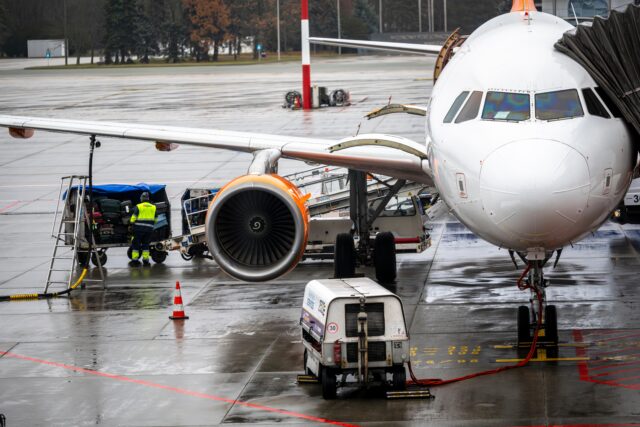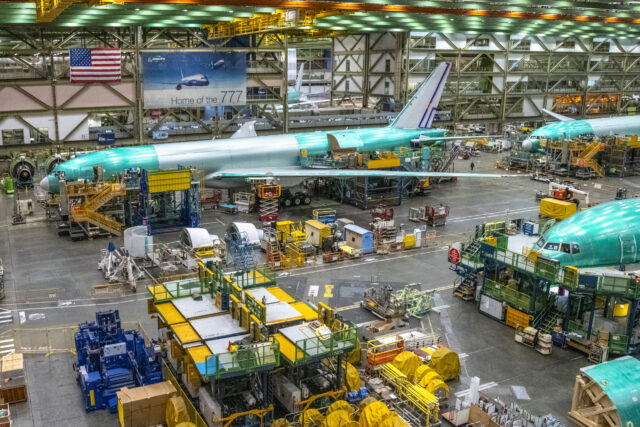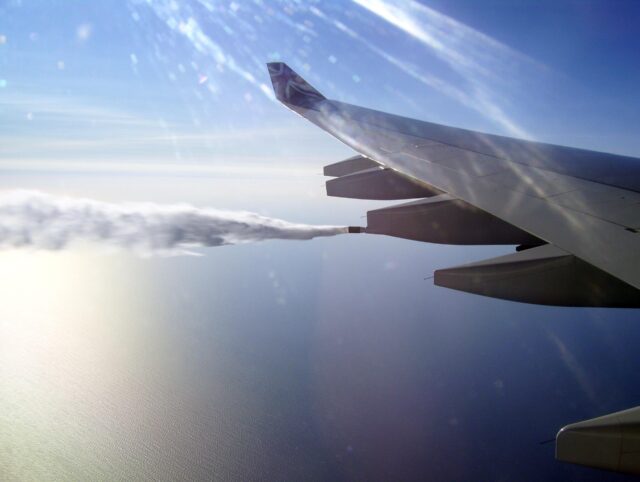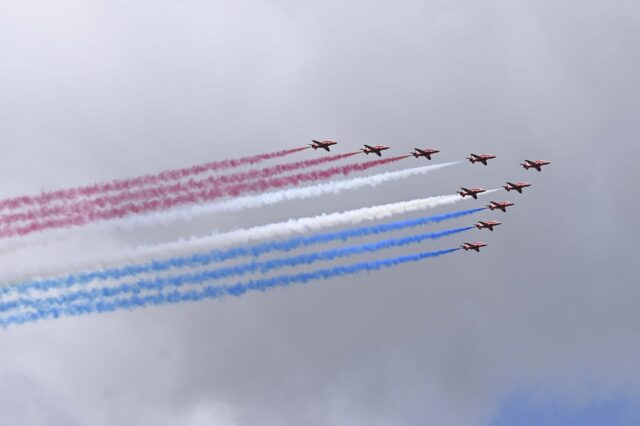Spain ditches F-35 for Eurofighter Typhoon, but what will replace the Navy’s Harrier?

August 6, 2025

Spain has formally withdrawn from plans to acquire the US-made F-35 Lightning II.
Instead, the country is choosing to direct its defence spending toward European platforms such as the Eurofighter Typhoon and the Future Combat Air System (FCAS).
This strategic pivot, framed by the government as a reaffirmation of European defence autonomy, leaves the Spanish Navy facing a serious operational gap.
With no immediate replacement for its ageing AV-8B Harrier II fleet, the future of fixed-wing operations from its sole aircraft carrier, Juan Carlos I, is in doubt.

A Spanish government source told El País that all preliminary discussions with Lockheed Martin have been suspended sine die (indefinitely).
The Ministry of Defence had previously issued a non-binding request for information (RFI) for the 5th-generation fighter.
Earmarked in the 2023 budget was €6.25 billion for the procurement of around 50 aircraft, including both the F-35A for the Air Force and the STOVL-capable F-35B for the Navy.
Spain rejects US fighter jet in favour of sovereign alternatives
While the F-35 would have provided an off-the-shelf solution for Spain’s Navy and Air Force, the government is instead doubling down on long-term industrial sovereignty.
Defence officials told El País that “the Spanish option involves the current Eurofighter and the FCAS in the future,” reiterating that 85% of a newly approved €10.47 billion investment package will be spent within Europe.
Spain plays a core industrial role in both programmes. As one of the original Eurofighter partner nations alongside the UK, Germany, and Italy, it assembles Typhoon airframes at Airbus Defence and Space’s facility in Getafe, near Madrid.

The new order of 25 Tranche 4 Eurofighters announced earlier this year is expected to sustain domestic production lines into the 2030s, supporting jobs and capabilities across the Spanish aerospace sector.
Spain is also a full partner in the Future Combat Air System (FCAS) program, a Franco-German-Spanish initiative aiming to field a next-generation fighter and system-of-systems by the mid-2040s.
However, progress has been slowed by industrial disagreements over control of workshares and intellectual property.
Spain’s entry into FCAS in 2020 added complexity to the balance of power within the consortium, but Madrid remains committed to the programme as a pathway to securing long-term aerospace competitiveness within Europe.

Spanish Prime Minister Pedro Sánchez has reaffirmed his government’s commitment to raising defence spending to 2% of GDP, in line with NATO expectations, but has made clear that procurement should favour European industrial champions.
A fighter jet gap for the Spanish Navy
While the long-term industrial logic is evident, the short-term operational impact is significant.
Spain’s fleet of AV-8B Harriers, introduced in the 1980s, is scheduled for retirement by 2030. With both the US Marine Corps and Italy’s Navy also withdrawing the type, Spain risks becoming the last operator, facing dwindling support and rising sustainment costs.

The F-35B was widely viewed as the only viable replacement. As the only modern short take-off and vertical landing (STOVL) fighter in production, it is uniquely suited to the Juan Carlos I, which lacks catapults or arrestor gear to support conventional carrier aircraft.
Without the F-35B, the Spanish Navy faces the loss of all fixed-wing combat capability at sea, an outcome that would significantly degrade its force projection and undermine its contributions to NATO maritime operations.
To mitigate the impending gap, the Navy has tasked state-owned shipbuilder Navantia with conducting a feasibility study for a new aircraft carrier. The proposed design would feature a longer deck and launch and recovery systems, enabling it to operate conventional naval fighters such as the Dassault Rafale Marine.
However, the development of a new carrier and the acquisition of compatible aircraft will take years. In the meantime, Juan Carlos I will be limited to rotary-wing operations, restricting the Navy’s ability to project airpower at sea.
Defence analysts warn that the move risks weakening Spain’s strategic posture and limiting its ability to participate in future NATO carrier strike operations, a high cost for a country that has otherwise committed to increased defence spending and European solidarity.
















